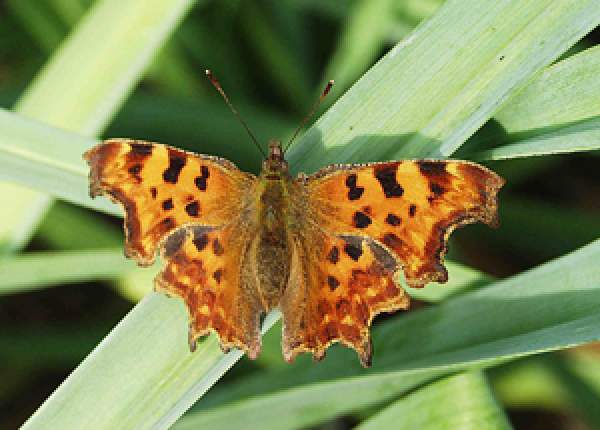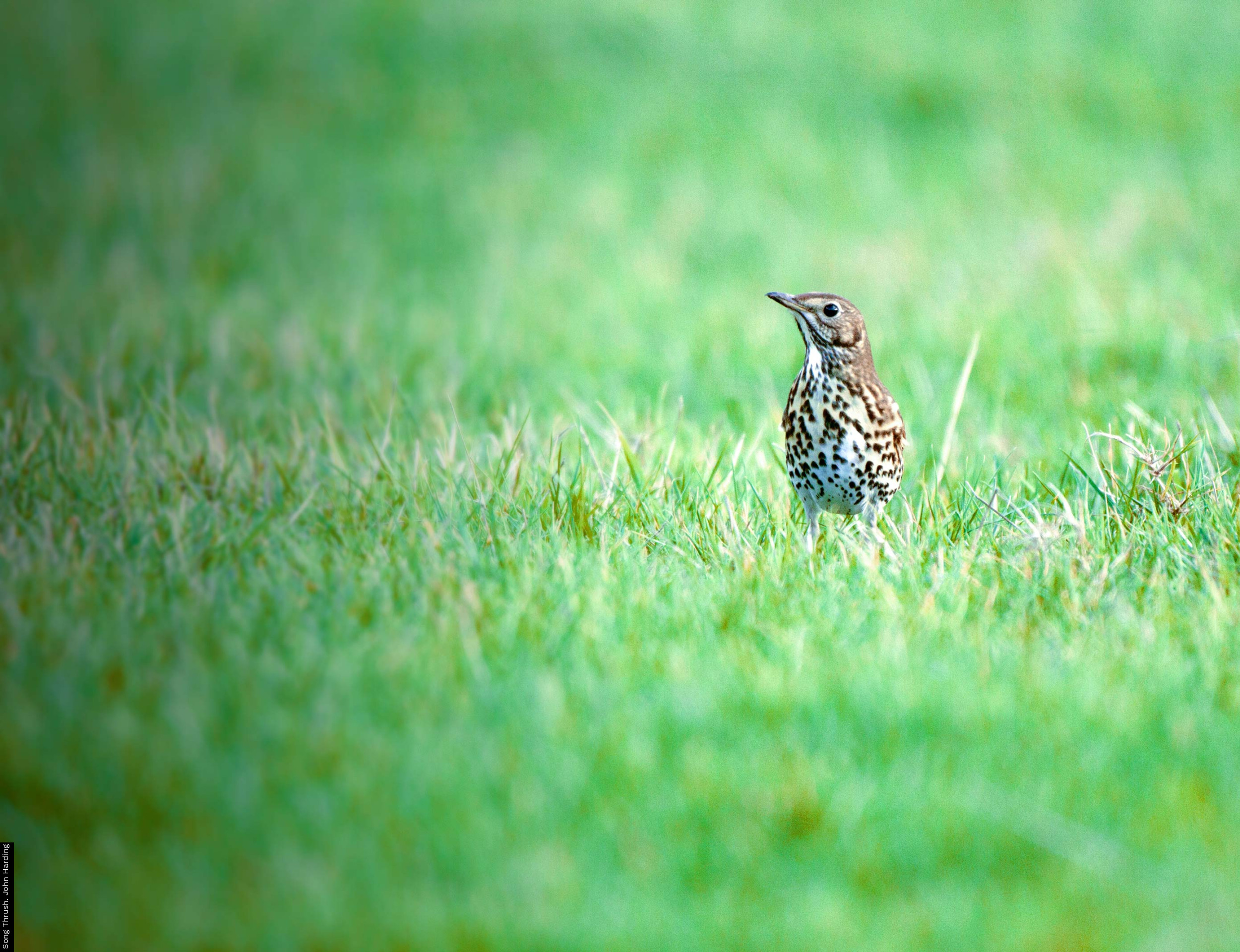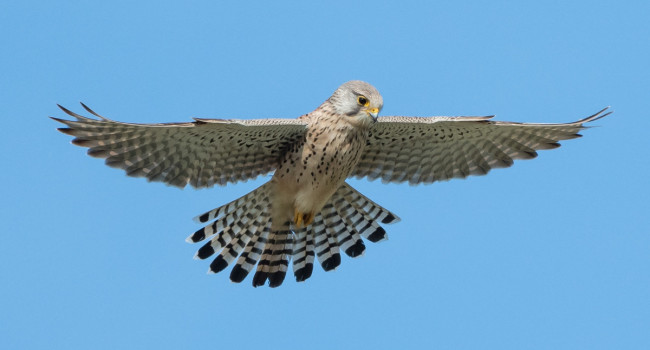Comma
Polygonia c-album

The characteristic outline is less ragged in the female than it is in the male, and this subtle difference can be used to separate the two sexes. In addition, the underside of the female is somewhat plainer than that seen in the male. Males are normally darker in colouration than the females, but both sexes have a bright golden form, known as hutchinsoni. The black and orange caterpillar has splashings of white along its back which are thought to give the appearance of a bird dropping, a useful piece of defensive camouflage.
Adult Commas overwinter on the trunks and branches of trees, where their ragged outline and subtle colouration give the appearance of a withered leaf. These adults become active in March or April, and produce a first brood that is on the wing during July. There is usually a partial second brood in late August or early September. The males establish territories, which they defend against other males, and seek out females with which to mate. The common nettle is the most widely used foodplant but elms, willows, currants and hops may also be selected and it is onto these that the eggs are laid
Depending upon the amount of daylight, and whether the days are getting longer or shorter, caterpillars can switch their development to produce either standard form or golden form (hutchinsoni) adults.
The golden form adults (which make up a variable proportion of the population) are produced when day length is increasing and give rise to the second brood. Standard form adults tend to be produced under conditions where day length is decreasing, and such individuals are the ones that hibernate and overwinter.






Share this page